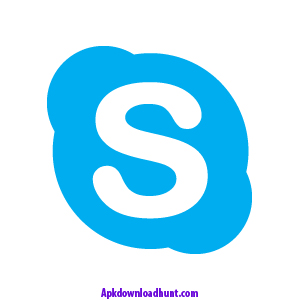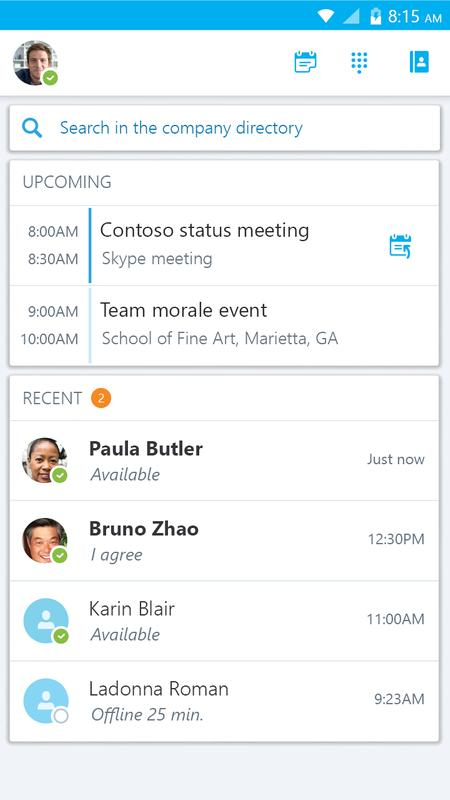


First, there are a few shortcomings that must be fixed with the platform: users should be able to delete their SIP accounts, to modify their e-mail and password preferences, passwords should not be sent in cleartext (ouch!). We would also like to upgrade before releasing Ekiga 5.0. New codecs have been added, and new features are still being added regularly (I would like to complete TLS and SRTP support before the release as well as MSRP chat). The user interface is completely new and is now using cutting-edge technologies like GTK+3 or even Clutter to display video. Things are getting simplified to attract new contributors (I am now 15 years older than when I started coding on Ekiga). Most of the code has been reorganized, some parts have been completely rewritten. With the upcoming 5.0 release, we were very ambitious. As a SIP softphone, it can completely replace hardware SIP IP phones and many people are using it as such. The purpose of Ekiga has always been to be a mix between a simple chat application and a professional IP Telephony tool for the GNU/Linux destop. Few people know that alternatives exist, and even less people know that using standard tools allows doing voice over IP, videoconferencing but also IP Telephony. However, proprietary programs using closed communication protocols are dominating the market. Nowadays, everyone knows about voice over IP and videoconferencing.

Generally speaking, the technology was not ready yet but Ekiga was already kicking! General performance could also be an issue, especially when most efficient codecs were closed source. Most webcam drivers were buggy, ALSA had not been released yet and full-duplex audio was something difficult to achieve. The GNU/Linux desktop was at its infancy, and let's not speak about multimedia capabilities. In 2001, voice over IP, IP Telephony, and videoconferencing were not widespread technologies as they are now. Java and OpenJDK are trademarks or registered trademarks of Oracle and/or its affiliates.Ekiga was first released back in 2001 under the GnomeMeeting name, as a graduation thesis. 10.1 Part B: Deleting data from a Room databaseĬontent and code samples on this page are subject to the licenses described in the Content License.10.1 Part A: Room, LiveData, and ViewModel.Lesson 3: Testing, debugging, and using support libraries For links to the concept chapters, slides,Īnd apps that accompany these codelabs, see the This page lists the practical codelabs that are included in the Androidĭeveloper Fundamentals course.


 0 kommentar(er)
0 kommentar(er)
